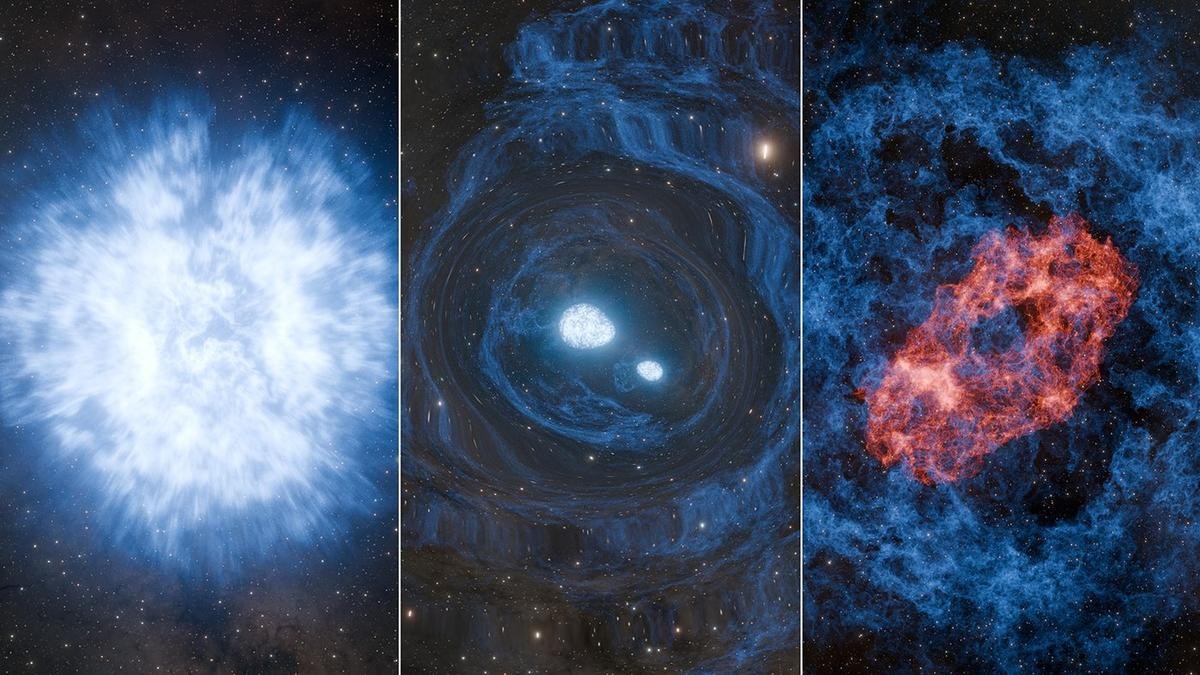



Scientists used lasers and X-rays to study liquid carbon, which forms under extreme heat and pressure. The atomic structure resembles diamond, not a simple liquid, reshaping our understanding. This breakthrough aids planetary science, fusion energy research, and material science by revealing carbon’s behavior under conditions found in planets and fusion reactors.

Copyright infringement not intended
Picture Courtesy: PHYS
Researchers measured liquid carbon’s structure using powerful lasers and X-rays.
Scientists have measured the structure of liquid carbon for understanding planetary interiors and advancing technologies like nuclear fusion. This achievement was made possible by combining high-power lasers and ultrafast X-ray technology.
Extreme Conditions Needed: Carbon doesn’t melt under normal pressure—it turns directly into gas (sublimates). To create liquid carbon, extreme conditions are required: pressures over 10 million times Earth’s atmosphere and temperatures around 4,500°C.
No Container Can Survive: Traditional methods fail because no material can withstand these conditions without melting.
Laser Compression => A powerful laser called DIPOLE100-X (at the European XFEL facility in Germany) blasted solid carbon samples. This created compression waves, liquefying carbon for nanoseconds (billionths of a second).
X-ray Snapshots => During this brief liquid state, the European XFEL’s X-ray pulses hit the sample. The scattered X-rays formed diffraction patterns, revealing the arrangement of carbon atoms. By repeating the experiment with slight delays, researchers created a "movie" of carbon transitioning from solid to liquid.
Structure Similar to Diamond => Liquid carbon atoms have 4 neighboring atoms each, mirroring diamond’s structure (but in liquid form). This challenges earlier assumptions of a simpler liquid structure. The structure is complex and ordered, akin to water’s hydrogen-bonded network but with covalent bonds.
Melting Point Pinpointed => The experiment narrowed down carbon’s melting point under high pressure, resolving discrepancies in past theoretical models.
Planetary Science => Liquid carbon exists in the cores of giant planets (e.g., Neptune, Uranus) and white dwarf stars. Understanding its behavior improves models of planetary formation and dynamics.
Nuclear Fusion => Inertial confinement fusion (a clean energy concept) uses carbon-rich materials. Knowing carbon’s liquid properties helps design efficient reactors.
Tech Advancements => The experiment showcases a new era of studying matter under extreme conditions, paving the way for breakthroughs in material science and high-energy physics.
Must Read Articles:
GLOBAL CO2 EMISSIONS TRENDS AND STRATEGIES FOR REDUCTION
Source:
|
PRACTICE QUESTION Q. Compare the carbon storage capacities of terrestrial ecosystems. Arrange them in descending order based on their ability to store carbon. A) Forests > Grasslands > Wetlands B) Wetlands > Forests > Grasslands C) Grasslands > Wetlands > Forests D) Forests > Wetlands > Grasslands Answer: B Explanation: Wetlands store the most carbon due to waterlogged conditions that slow decomposition. Forests rank second because trees store carbon in biomass, while grasslands store less carbon as they lack dense vegetation and water retention. |









© 2026 iasgyan. All right reserved